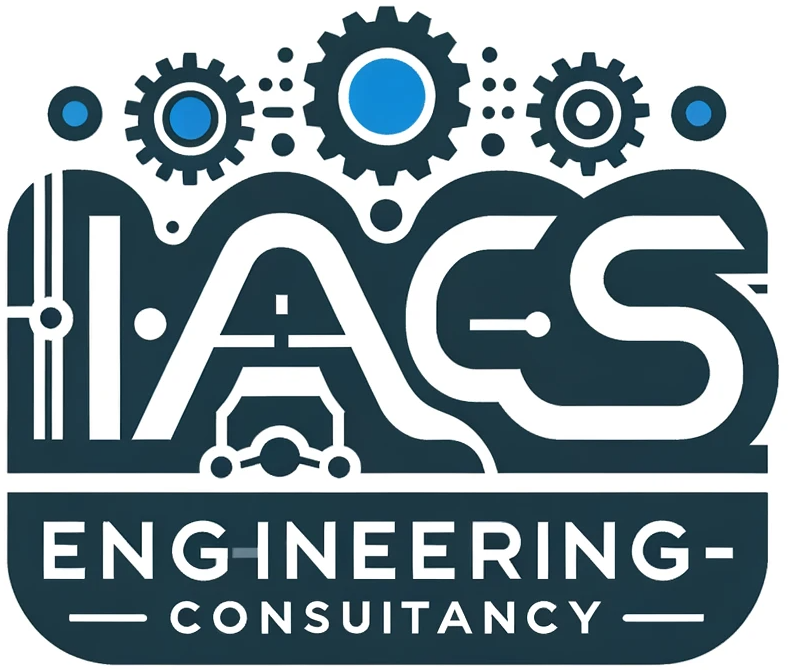Object-Oriented Industrial Programming (OOIP) applies encapsulation, composition, and abstraction to industrial control software, resulting in modular, reusable, and scalable systems. While not a universal solution, it can significantly enhance productivity and maintainability in many modern PLC and automation toolchains.
Key Insight
OOIP organizes software in a way that mirrors real-world plant structures (e.g., a motor device corresponds directly to a motor function block). This approach reduces complexity in systems featuring repeated components—provided your platform supports the necessary features and your team has experience with modular design.
Core Concepts
1. Simplified OOP for Industry
- Encapsulation
- Consolidates logic, data, and I/O within a single function block (e.g.,
MotorControlincludes start/stop commands). - Minimizes external dependencies, making blocks more “plug-and-play.”
- Consolidates logic, data, and I/O within a single function block (e.g.,
- Composition
- Creates hierarchical designs by nesting function blocks (e.g., a
ProductionLineblock containingConveyorandRobotblocks). - Maintains clear boundaries and roles for each subsystem.
- Creates hierarchical designs by nesting function blocks (e.g., a
- Abstraction
- Exposes only essential interfaces (e.g., parameters for run/stop, feedback signals).
- Internals (PID loops, safety checks) remain hidden within the block.
- Inheritance (Rarely Used)
- Technically available in some automation environments.
- Often avoided in practice due to complexity and maintainability concerns.
2. Function Blocks
- Reusability
- A core principle in IEC 61131-3, enabling the same function block (e.g.,
ValveControl) to be instantiated across multiple valves.
- A core principle in IEC 61131-3, enabling the same function block (e.g.,
- Instantiation
- Each instance behaves as a distinct object, yet shares the same underlying code.
3. Simulation & Digital Twins
- Available Tools
- A variety of simulation platforms (e.g., software-based digital twins) let you test control logic in a virtual environment.
- Limitations
- High-fidelity modeling requires up-front investment and can be challenging for complex machinery or unique processes.
Advantages (With Caveats)
| Benefit | Reality Check |
|---|---|
| Reduced Code Duplication | ✔️ True for repetitive components, e.g., creating 100 pumps from one block. |
| Scalability | ✔️ Works well for mid-sized systems. ❗ May stress older or resource-limited PLCs. |
| Easier Maintenance | ✔️ Centralized design updates propagate automatically. ❗ Requires disciplined documentation. |
| Faster Commissioning | ✔️ Pre-tested blocks reduce time to deployment. ❗ Speed gains hinge on having solid libraries. |
Implementation Strategies
1. Configuration & Flexibility
- CSV Files
- Commonly used to store parameters and I/O mappings.
- Some vendor toolchains require custom scripts or external import steps.
- Dynamic I/O Mapping
- Use descriptive tags (e.g.,
Plant.Area1.Pump3.Temperature) for clarity. - Reduces confusion in large or multi-site installations.
- Use descriptive tags (e.g.,
2. Visualization & HMI
- Auto-Tag Binding
- Certain SCADA/HMI systems support direct binding to function block variables.
- Others may need manual linking.
- Visualization Blocks
- Abstract the user interface for each device type.
- Saves time when adding multiple HMIs for the same function block type.
3. Best Practices
- Platform Selection
- Opt for environments that support or facilitate OOIP constructs (e.g., user-defined blocks, advanced interfaces).
- Avoid Overcomplication
- Only use inheritance or advanced OOP features when strictly necessary.
- Training
- Teams benefit from a clear understanding of block libraries and modular design to reap OOIP benefits fully.
Limitations & Considerations
- Real-Time Performance
- High-speed or safety-critical loops (e.g., servo control) may require lower-level, procedural code.
- Legacy Systems
- Older PLCs often lack robust OO features, limiting or preventing full OOIP.
- HMI Compatibility
- Not all operator interfaces or SCADA platforms seamlessly support object-based visualization.
Competitive Advantages
- Modular Production Lines
- Companies report substantial commissioning time reductions when reusing OOIP-based templates across multiple lines.
- Error Reduction
- Studies show a significant drop in copy-paste errors compared to purely procedural approaches.
- Future-Proofing
- Aligns with Industry 4.0 trends toward modular factories and digital twins.
Conclusion: A Pragmatic Approach
OOIP offers a powerful but context-dependent methodology. The following steps can guide successful adoption:
- Start Small
- Experiment on a single machine or process line to validate benefits.
- Choose the Right Platform
- Seek automation environments that provide robust support for function blocks and hierarchical design.
- Invest in Training
- Ensure both developers and technicians understand the principles and patterns of OOIP.
Final Takeaway
While not a universal panacea, Object-Oriented Industrial Programming excels in modular, repetitive automation systems. With thoughtful planning and appropriate platform support, it can drive significant improvements in development speed, maintainability, and overall system robustness—positioning industrial operations for the demands of tomorrow.
